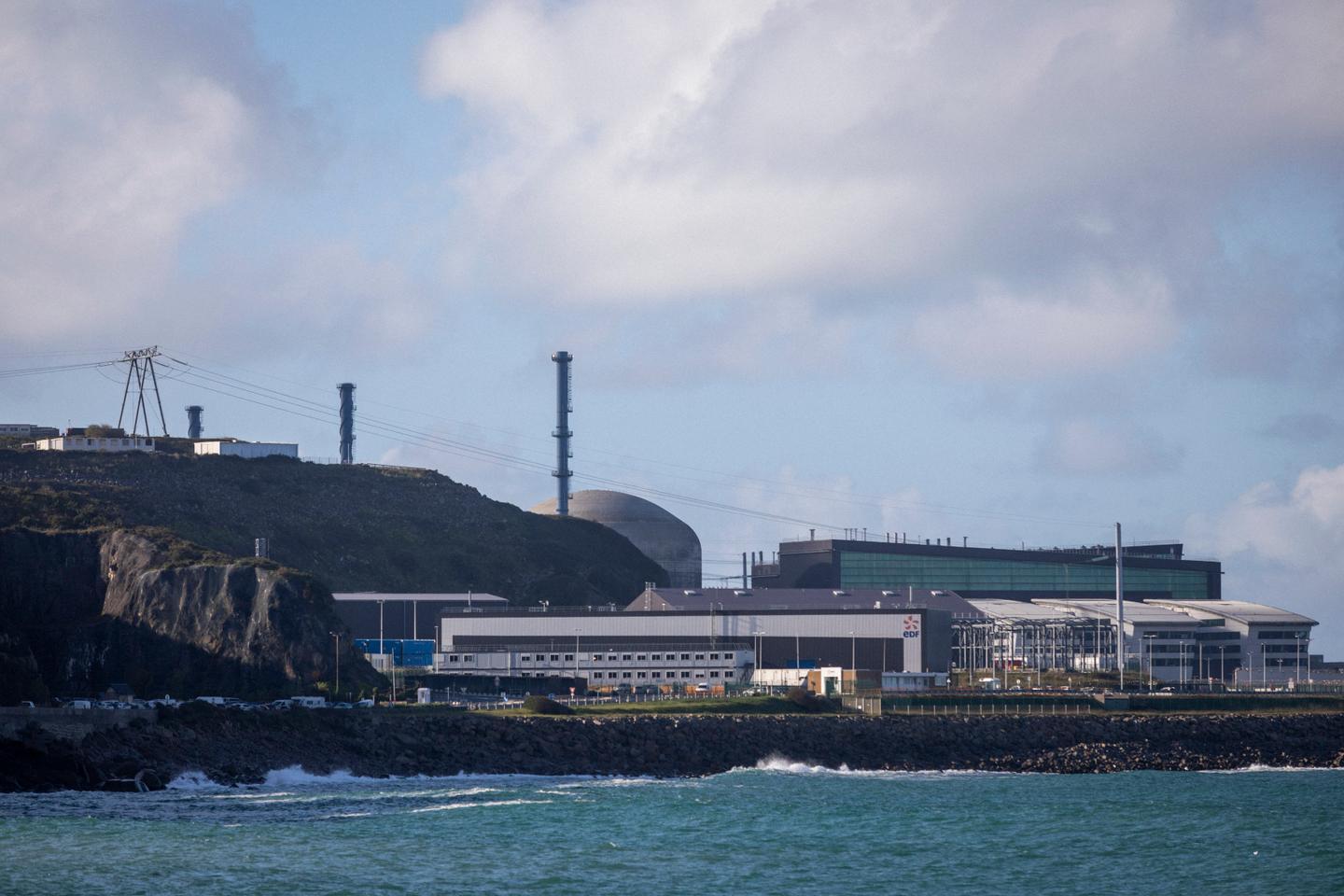Summary
France’s Flamanville 3 nuclear reactor, its most powerful at 1,600 MW, was connected to the grid on December 21 after 17 years of construction plagued by delays and budget overruns.
The European Pressurized Reactor (EPR), designed to boost nuclear energy post-Chernobyl, is 12 years behind schedule and cost €13.2 billion, quadruple initial estimates.
President Macron hailed the launch as a key step for low-carbon energy and energy security.
Nuclear power, which supplies 60% of France’s electricity, is central to Macron’s plan for a “nuclear renaissance.”



Renewables are far cheaper and can be built faster and if they malfunction, no one is in danger.
France already has enough Nuclear to deal with no-sun and no-wind phases (if they work properly, which is the other problem with nuclear energy in France)…
So, there is literally no reason to waste tax payer money and time like this and to force yourself to import material from Russia. Just build renewables until we get fusion energy…
Even when disasters like Chernobyl are included, nuclear energy kills fewer people per Watt than any of the alternatives. E.g. dams burst and people like building towns downstream of hydro plants. Even with wind where it’s basically only deadly due to accidents when installing and repairing turbines (e.g. people falling off, fires breaking out too abruptly to climb down), it happens often enough that it ends up more dangerous than nuclear. Burning gas, coal and biomass all work out much deadlier than renewables and nuclear, but if your risk tolerance doesn’t permit nuclear, it doesn’t permit electricity in any form.
If the premisse is to avoid possibly every death, photovoltaic on the ground, e.g. on fields (not on houses) would probably be the least deadly solution.
Lots of people die mining the materials for photovoltaics, even with emerging technologies that reduce rare earth usage, especially because the countries with a lot of rare earth mineral wealth mostly have terrible human rights, slavery and worker safety records. In principle, this could be reduced without technological changes, e.g. by refusing to buy rare earth metals unless they’re extracted in line with best practice and that can be proven (it’s typically cheaper to fake the evidence that your workers are happy, healthy and alive than keep them happy, healthy and alive), but then things get more expensive and photovoltaics are already not the cheapest.
That’s not a bad argument.
Keeps the question open whether this is also part of https://www.statista.com/statistics/494425/death-rate-worldwide-by-energy-source/
It’s likely that my data’s out of date, and that graph does include it. If it didn’t, it’s hard to see how photovoltaics could kill enough people to have such a similar death rate to nuclear if accidents like Chornobyl are included.
It’s not either or situation, I hate this logic. Build both renewable and nuclear when the sun don’t shine. Nuclear has far more stability than renewables
It’s not necessarily an either-or situation, but when it comes to allocating public budgets, one can certainly come at the cost of the other.
This is generally what people talk about when advocating focus on renewables over nuclear.
I personally have no problem with privately funded and insured nuclear - if you’re able to swing that, then all the power in the world to you. The issue at hand is that nuclear fundamentally fails here - it’s too expensive to build and insure (not to mention the energy it produces being more expensive than its alternatives), hence public funding and insurance is essentially a prerequisite.
There are other considerations too, like diversification, nuclear know how, load vs on-demand, local geoeconomics, etc
With PBR reactors, nobody is in danger if it breaks down, either. The pebble bed collapses, and fission stops.
Renewables cant produce an on-demand baseload supply without the addition of significant storage capacity.
Baseload is by definition not on-demand, baseload is always there.
This is true, and at the same time not really an issue any more at the rate that energy storage systems are progressing. Similarly to how solar and wind have absolutely plummeted in price, so is the case with energy storage systems s well. As of now, the LCOE of solar + storage is at half the price of nuclear (source) and trending cheaper. Nuclear is trending more expensive. Add on a construction time of 17 years for plants and any nuclear plant is basically economically dead on arrival.
That’s what I wrote in my 2nd sentence. That does not justify building more of them, because the baseline is already handled by the existing power plants.
France won’t shut down fission for the simple reason that they need plutonium for their bombs.
No, we already have it and do not plan increasing our nuclear arsenal.
Sigh. We can’t meet energy demands if we only focus on the cheapest energy sources.
Like it or not, energy is priced based on how difficult it is to deliver to the recipient.
And how does this justify paying a lot more tax payer money to build the NPP instead of renewables?
France does not only focus on renewables BTW. They have NPPs that already handle the baseline. And building more of them is just not useful at all, when there is a better alternative…
Renewables aren’t a viable energy source everywhere.
No, that’s not true. Solar workers fall off roofs and wind workers get hit on the head with falling turbines at about the same rate that people get cancer from nuclear, per joule generated.
Come one… If it’s really about minimizing death, just build photovoltaik on the ground. But that’s not the priority of humanity anyways.